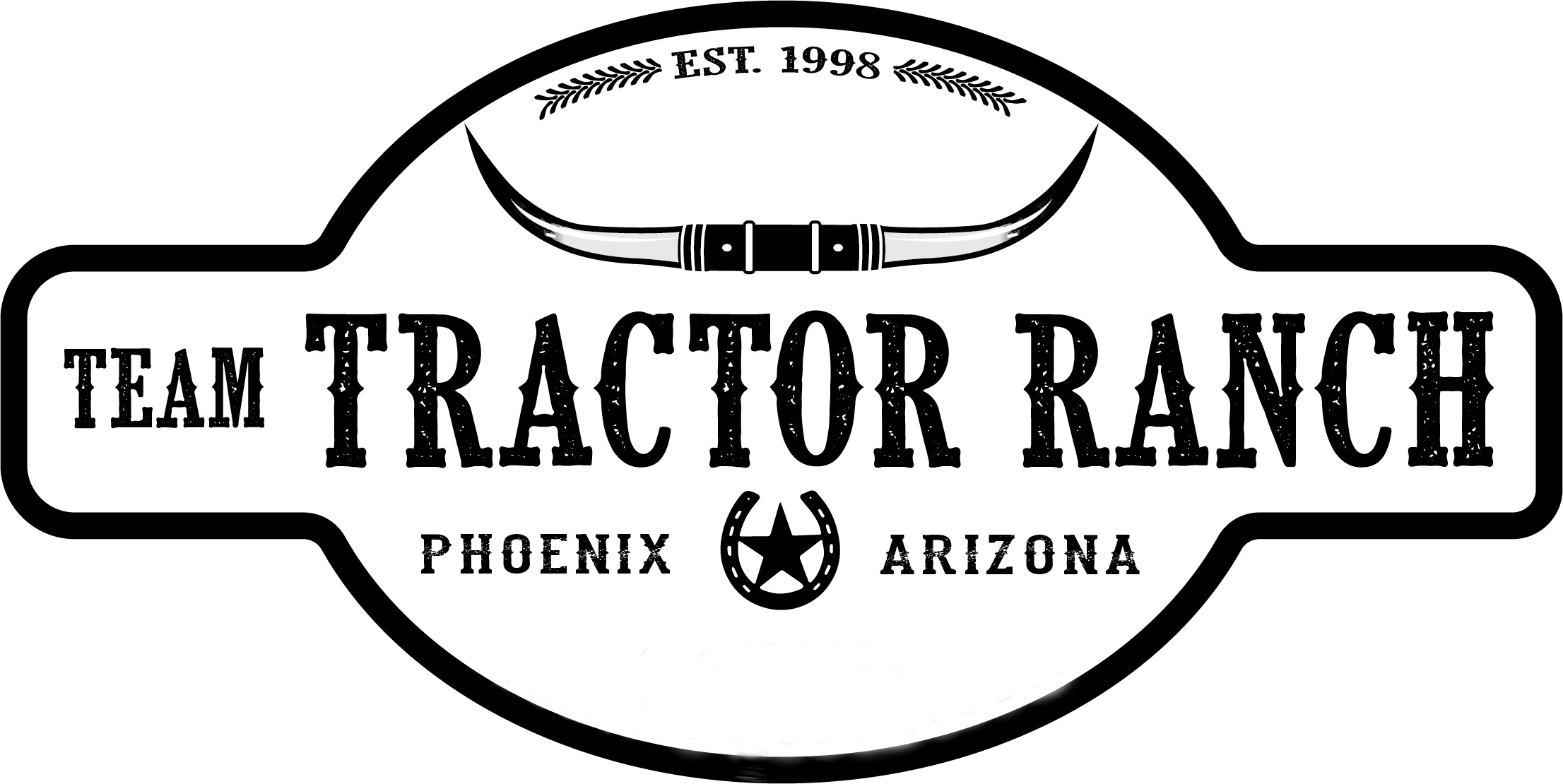Tractor Transmissions Made Simple
Most older farm tractors use a manual transmission with several gear ratios, typically three to six, sometimes multiplied into two or three ranges. This arrangement provides a set of discrete ratios that, combined with the varying of the throttle, allow final-drive speeds from less than one up to about 25 miles per hour (40 km/h), with the lower speeds used for working the land and the highest speed used on the road.
Slow, controllable speeds are necessary for most of the operations performed with a tractor. They help give the farmer a larger degree of control in certain situations, such as field work. When travelling on public roads, the slow operating speeds can cause problems, such as long queues or tailbacks, which can delay or annoy motorists in cars and trucks.
These motorists are responsible for being duly careful around farm tractors and sharing the road with them, but many shirk this responsibility, so various ways to minimize the interaction or minimize the speed differential are employed where feasible. Some countries (for example the Netherlands) employ a road sign on some roads that means "no farm tractors". Some modern tractors, such as the JCB Fastrac, are now capable of much higher road speeds of around 50 mph (80 km/h).
Older tractors usually have unsynchronized transmission designs, which often require the operator to engage the clutch to shift between gears. This mode of use is inherently unsuited to some of the work tractors do, and has been circumvented in various ways over the years. For existing unsynchronized tractors, the methods of circumvention are double clutching or power-shifting, both of which require the operator to rely on skill to speed-match the gears while shifting, and are undesirable from a risk-mitigation standpoint because of what can go wrong if the operator makes a mistake – transmission damage is possible, and loss of vehicle control can occur if the tractor is towing a heavy load either uphill or downhill – something that tractors often do. Therefore, operator's manuals for most of these tractors state one must always stop the tractor before shifting.
In newer designs, unsynchronized transmission designs were replaced with synchronization or with continuously variable transmissions (CVTs). Either a synchronized manual transmission with enough available gear ratios (often achieved with dual ranges, high and low) or a CVT allow the engine speed to be matched to the desired final-drive speed, while keeping engine speed within the appropriate speed (as measured in rotations per minute or rpm) range for power generation (the working range) (whereas throttling back to achieve the desired final-drive speed is a trade-off that leaves the working range). The problems, solutions, and developments described here also describe the history of transmission evolution in semi-trailer trucks. The biggest difference is fleet turnover; whereas most of the old road tractors have long since been scrapped, many of the old farm tractors are still in use. Therefore, old transmission design and operation is primarily just of historical interest in trucking, whereas in farming it still often affects daily life.
If you need any further help or have any questions about service, tractors, implements, or anything else equipment-related, please contact your dealer, local mechanic, or call us at 602-734-9944. Please ask about our current new and used tractor supply.
If you are looking for old, vintage, classic, or new tractor parts, send us a part request.
Team Tractor Ranch - #1 Tractor Dealer in Arizona. We sell and service most major brands of tractors including Yanmar, Kubota, John Deere, TYM, Mahindra, Kioti, Case, New Holland, Massey Ferguson, Ford, Deutz, Case IH, Farmall, International Harvester, Branson Tractors, LS, Shibura, Claas Tractor, McCormick Tractors, Valtra, Solis, YTO, Montana, and Nortrac.
